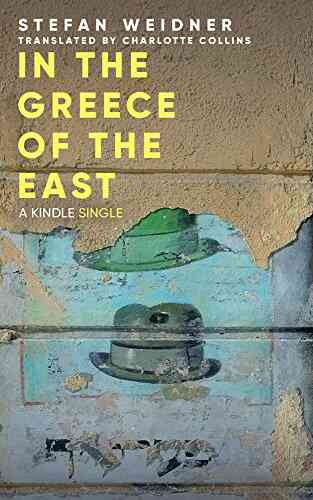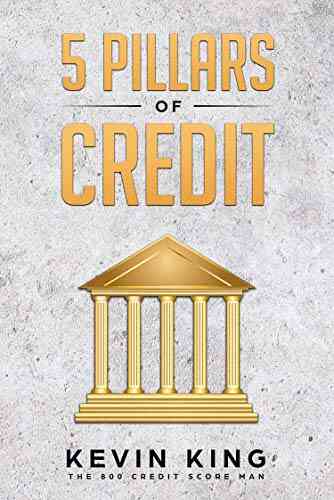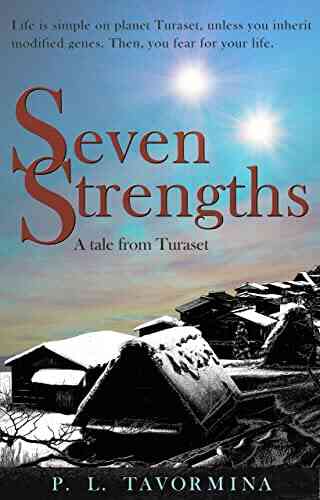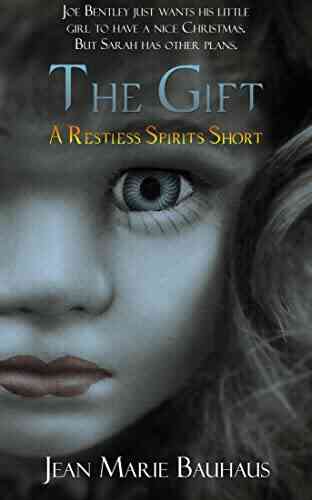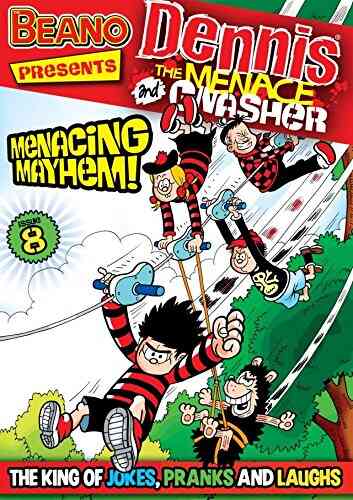Guide And Map For Recovering From Childhood Trauma

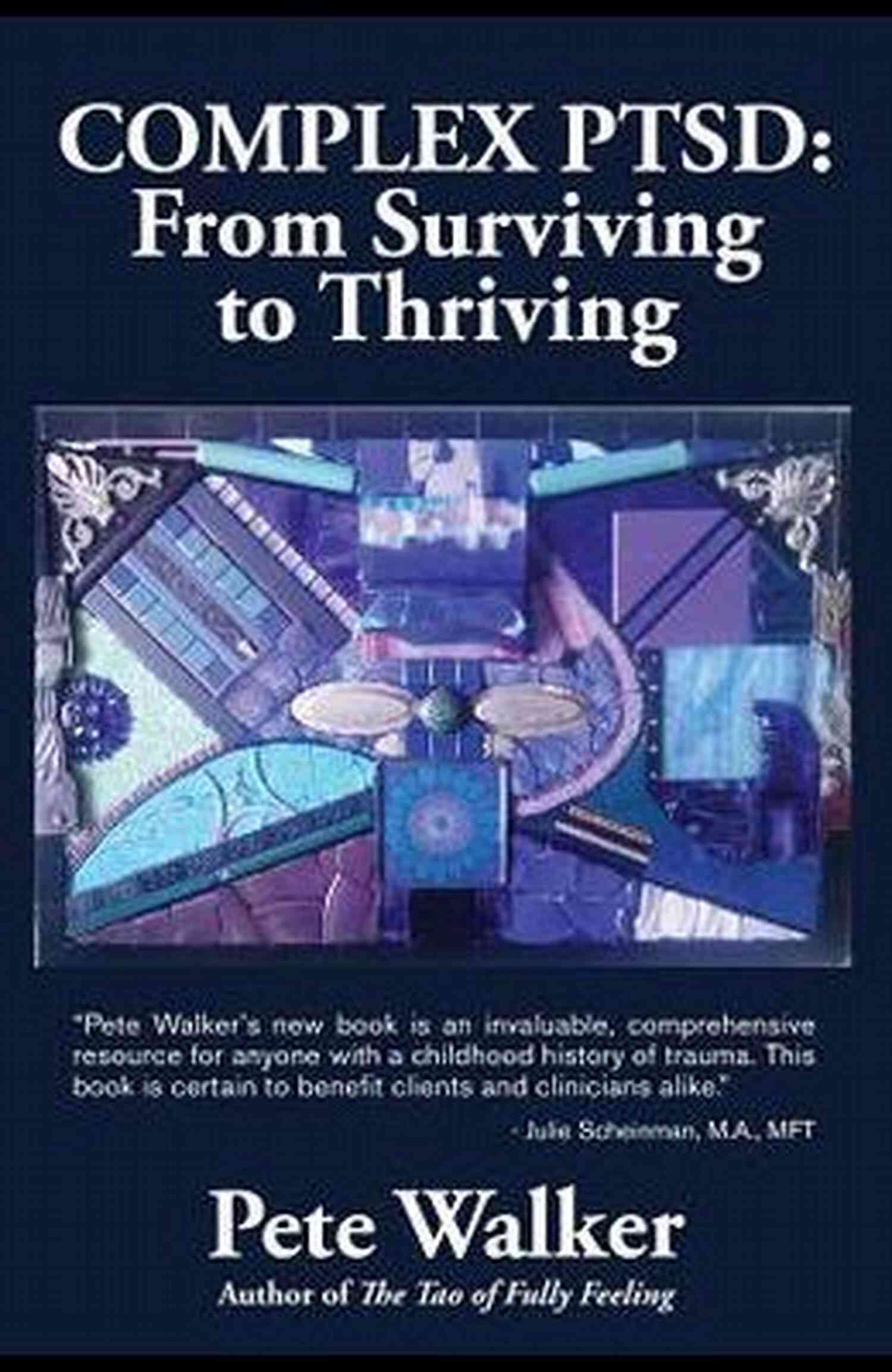
Childhood trauma can have long-lasting effects on an individual's well-being and mental health. It refers to experiences of a distressing nature that occur during childhood and have the potential to disrupt a person's development. These traumatic events can range from physical, emotional, or sexual abuse to neglect, witnessing violence, or experiencing the loss of a loved one.
Recovering from childhood trauma is a complex process that requires self-reflection, support, and professional assistance if needed. This guide aims to provide a comprehensive map for individuals seeking to navigate their journey towards healing and recovery.
Understanding Childhood Trauma
Before diving into the recovery process, it's crucial to understand the various aspects of childhood trauma. Recognizing the signs and symptoms of trauma can help individuals identify any unresolved issues and take proactive steps towards healing.
4.8 out of 5
| Language | : | English |
| File size | : | 2058 KB |
| Text-to-Speech | : | Enabled |
| Screen Reader | : | Supported |
| Enhanced typesetting | : | Enabled |
| X-Ray | : | Enabled |
| Word Wise | : | Enabled |
| Print length | : | 376 pages |
| Lending | : | Enabled |
Childhood trauma can manifest in a multitude of ways, including anxiety, depression, substance abuse, low self-esteem, difficulty forming and maintaining relationships, and even physical health problems. Understanding the impact trauma has had on your life is a fundamental step towards recovery.
Seeking Professional Help
While healing from childhood trauma is possible, it's essential to acknowledge that professional help may be necessary. Engaging with a licensed therapist or counselor can provide guidance tailored to your unique situation. They can help you explore deep-rooted emotions, develop coping mechanisms, and facilitate the healing process.
Therapy options for childhood trauma include cognitive-behavioral therapy (CBT),dialectical behavior therapy (DBT),eye movement desensitization and reprocessing (EMDR),and somatic experiencing (SE). These therapeutic approaches aim to address the emotional, cognitive, and physical effects of trauma.
Support Systems and Building Resilience
Building a strong support system is crucial for individuals recovering from childhood trauma. Surrounding yourself with caring and understanding individuals can provide the necessary comfort and validation throughout your healing journey. Friends, family, support groups, or online communities can offer empathy, guidance, and a safe space to share your experiences.
Furthermore, cultivating resilience is an integral part of the recovery process. Resilience refers to an individual's ability to bounce back from adversity, and developing it can positively impact healing. Engaging in self-care practices such as exercise, mindfulness, journaling, and hobbies can contribute to building resilience and aid in your recovery journey.
Addressing and Processing Emotions
Processing emotions associated with childhood trauma can be challenging but is a necessary step in the healing process. Suppressing or denying emotions can prevent progress towards recovery. Instead, acknowledging and exploring these emotions through therapy, self-reflection, or expressive arts can support healing.
You may experience a range of emotions, including anger, sadness, guilt, shame, and fear. Allowing yourself to feel and express these emotions in healthy ways can provide relief and contribute to your overall well-being.
Self-reflection and Personal Growth
Self-reflection is a powerful tool for individuals recovering from childhood trauma. Taking time to examine your thoughts, feelings, and behaviors can help you gain insight into the underlying causes of trauma and its impact on your life. This process involves exploring your identity, values, and how your past experiences have shaped you.
During self-reflection, it's important to practice self-compassion and avoid self-blame. Remember, recovering from childhood trauma is not about blaming yourself but rather understanding and working towards healing and personal growth.
Creating a Safe Environment
Creating a safe physical and emotional environment is vital for individuals recovering from childhood trauma. Establishing healthy boundaries, recognizing triggers, and fostering a sense of safety can support the healing process.
Eliminating toxic relationships, practicing self-care, and seeking professional guidance on handling triggers and flashbacks can contribute to creating a safe environment. Surrounding yourself with supportive individuals who respect your boundaries and prioritize your well-being is crucial for your recovery journey.
Resources for Recovering from Childhood Trauma
Recovering from childhood trauma can be a challenging and overwhelming process. However, numerous resources are available to support individuals on their journey towards healing:
- Books and workbooks focused on trauma recovery and healing
- Online forums and support groups for individuals with similar experiences
- Educational websites and articles providing information on childhood trauma
- Crisis helplines and local support services
- Art therapy, yoga, and other alternative healing modalities
By utilizing these resources, individuals can further their understanding of childhood trauma, connect with others, and access additional support throughout their recovery process.
Recovering from childhood trauma is a challenging but essential journey towards healing and personal growth. By understanding the impact of trauma, seeking professional help, building support systems, addressing emotions, practicing self-reflection, and creating a safe environment, individuals can navigate their path towards recovery.
Remember, everyone's healing journey is unique, and it's crucial to prioritize your well-being throughout the process. With dedication, support, and self-compassion, it is possible to overcome childhood trauma and build a brighter future.
4.8 out of 5
| Language | : | English |
| File size | : | 2058 KB |
| Text-to-Speech | : | Enabled |
| Screen Reader | : | Supported |
| Enhanced typesetting | : | Enabled |
| X-Ray | : | Enabled |
| Word Wise | : | Enabled |
| Print length | : | 376 pages |
| Lending | : | Enabled |
I have Complex PTSD [Cptsd] and wrote this book from the perspective of someone who has experienced a great reduction of symptoms over the years. I also wrote it from the viewpoint of someone who has discovered many silver linings in the long, windy, bumpy road of recovering from Cptsd. I felt encouraged to write this book because of thousands of e-mail responses to the articles on my website that repeatedly expressed gratitude for the helpfulness of my work. An often echoed comment sounded like this: At last someone gets it. I can see now that I am not bad, defective or crazy…or alone! The causes of Cptsd range from severe neglect to monstrous abuse. Many survivors grow up in houses that are not homes – in families that are as loveless as orphanages and sometimes as dangerous. If you felt unwanted, unliked, rejected, hated and/or despised for a lengthy portion of your childhood, trauma may be deeply engrained in your mind, soul and body. This book is a practical, user-friendly self-help guide to recovering from the lingering effects of childhood trauma, and to achieving a rich and fulfilling life. It is copiously illustrated with examples of my own and my clients’ journeys of recovering. This book is also for those who do not have Cptsd but want to understand and help a loved one who does. This book also contains an overview of the tasks of recovering and a great many practical tools and techniques for recovering from childhood trauma. It extensively elaborates on all the recovery concepts explained on my website, and many more. However, unlike the articles on my website, it is oriented toward the layperson. As such, much of the psychological jargon and dense concentration of concepts in the website articles has been replaced with expanded and easier to follow explanations. Moreover, many principles that were only sketched out in the articles are explained in much greater detail. A great deal of new material is also explored. Key concepts of the book include managing emotional flashbacks, understanding the four different types of trauma survivors, differentiating the outer critic from the inner critic, healing the abandonment depression that come from emotional abandonment and self-abandonment, self-reparenting and reparenting by committee, and deconstructing the hierarchy of self-injuring responses that childhood trauma forces survivors to adopt. The book also functions as a map to help you understand the somewhat linear progression of recovery, to help you identify what you have already accomplished, and to help you figure out what is best to work on and prioritize now. This in turn also serves to help you identify the signs of your recovery and to develop reasonable expectations about the rate of your recovery. I hope this map will guide you to heal in a way that helps you to become an unflinching source of kindness and self-compassion for yourself, and that out of that journey you will find at least one other human being who will reciprocally love you well enough in that way.
Do you want to contribute by writing guest posts on this blog?
Please contact us and send us a resume of previous articles that you have written.




















Light bulbAdvertise smarter! Our strategic ad space ensures maximum exposure. Reserve your spot today!
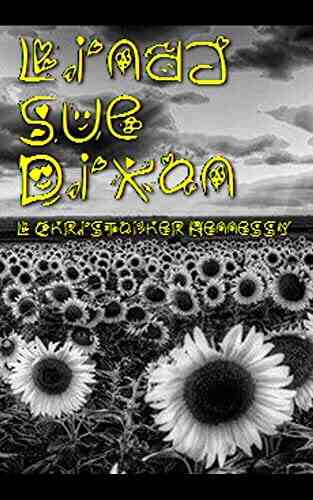
 Chadwick PowellLinda Sue Dixon Christopher Hennessy: An Inspiring Journey of Talent and...
Chadwick PowellLinda Sue Dixon Christopher Hennessy: An Inspiring Journey of Talent and... Jamal BlairFollow ·2.2k
Jamal BlairFollow ·2.2k Allan JamesFollow ·13.9k
Allan JamesFollow ·13.9k Morris CarterFollow ·6.3k
Morris CarterFollow ·6.3k Darren BlairFollow ·10.4k
Darren BlairFollow ·10.4k Robert BrowningFollow ·4.3k
Robert BrowningFollow ·4.3k Ernest J. GainesFollow ·16.6k
Ernest J. GainesFollow ·16.6k Walt WhitmanFollow ·8.2k
Walt WhitmanFollow ·8.2k Brayden ReedFollow ·4.3k
Brayden ReedFollow ·4.3k

 Banana Yoshimoto
Banana YoshimotoExploring the Legacy of Black Panther: Unveiling the...
Black Panther is not just a superhero, but...

 Dan Bell
Dan BellThe Ultimate Guide to Interracial Dating for Black Men
Interracial dating has become...

 Andrew Bell
Andrew BellInside The FBI Elite Serial Crime Unit - Unraveling the...
The Meticulous Work of the...
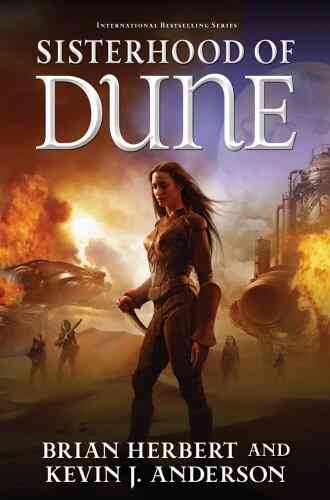
 Gary Cox
Gary CoxOne of the Great Schools of Dune Trilogy: A Closer Look
The Dune Trilogy, written by...
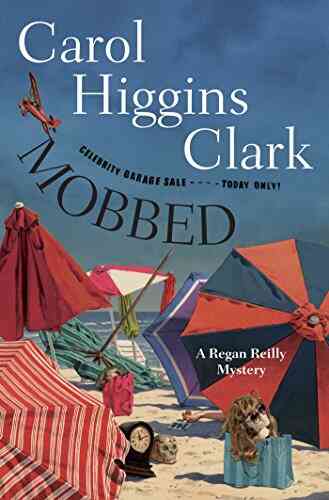
 Robert Browning
Robert BrowningMobbed Regan Reilly Mystery: An Engaging Whodunit That...
Have you ever been captivated by a good...

 Thomas Pynchon
Thomas PynchonLinz 10 Tourist Attractions Easy Day Trips
Linz, the third-largest city in Austria, is...
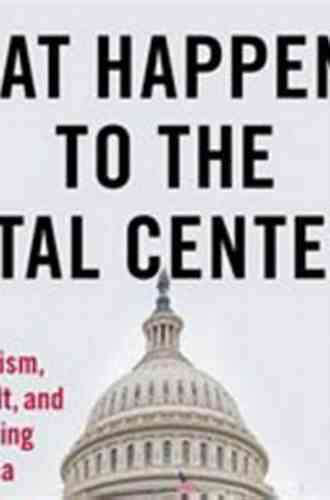
 Grant Hayes
Grant HayesWhat Happened To The Vital Center?
Over the years, the concept of...
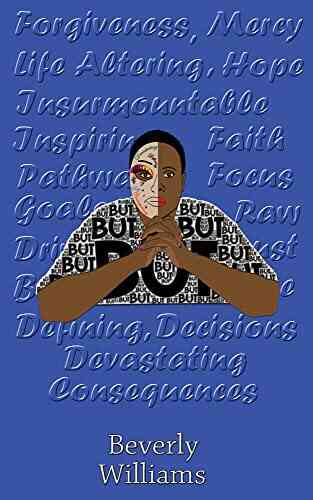
 E.E. Cummings
E.E. CummingsFrom Adversity to Triumph: Beverly Williams and Her...
It is often said that success is not...
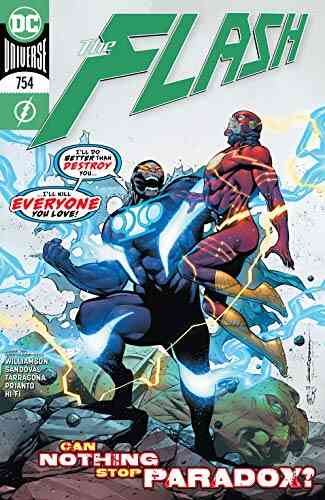
 DeShawn Powell
DeShawn PowellThe Flash 2016 Issue #754: A Thrilling New Chapter by...
The Flash, one of DC Comics' iconic...

 Edwin Blair
Edwin BlairHold Gentle Thought - A Guide to Finding Inner Peace
Have you ever found yourself...

 Charles Dickens
Charles DickensArden Of Faversham, Locrine, Mucedorus, and Amadine: An...
Shakespeare is widely...

 Bo Cox
Bo CoxGet ready to be captivated by the mesmerizing Angel...
Angel Assassin Arielle Lucila is not your...
4.8 out of 5
| Language | : | English |
| File size | : | 2058 KB |
| Text-to-Speech | : | Enabled |
| Screen Reader | : | Supported |
| Enhanced typesetting | : | Enabled |
| X-Ray | : | Enabled |
| Word Wise | : | Enabled |
| Print length | : | 376 pages |
| Lending | : | Enabled |





